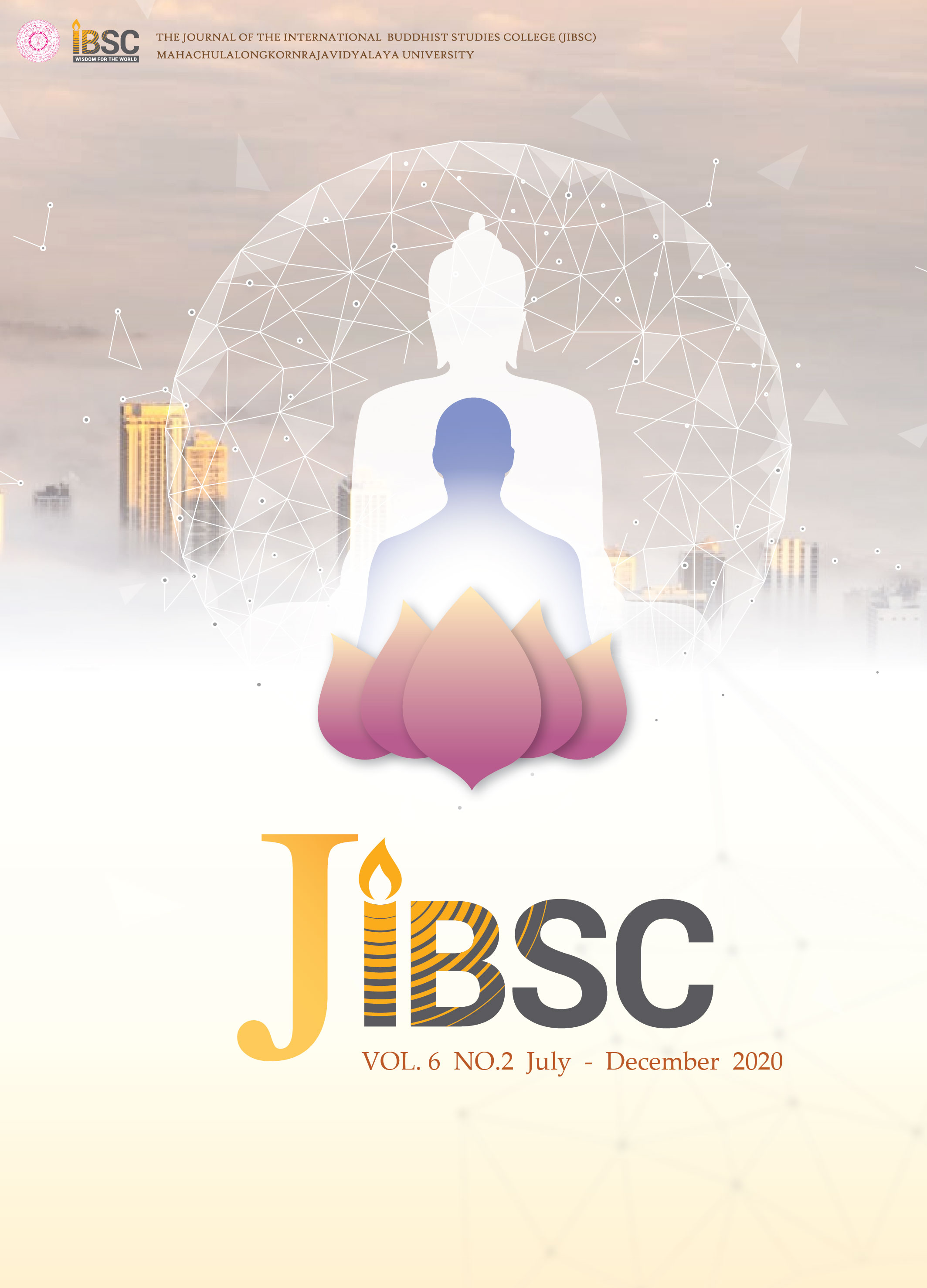Transgenic Animals and Buddhist Law of Action (Kamma)
Main Article Content
Abstract
Transgenic animals produced through cloning and genetic engineering techniques have been used as research models of human diseases, human transplant surgery, pharmaceutical drugs, innovative food products and so on. According to Buddhism, killing or violating animals is unwholesome action and considered as breaking the first precept (sila) and intention (cetanā) is the most important factor in determining kamma. There is a correlation between animal violation of transgenic animals and the Buddhist law of action (kamma). Regarding twelvefold action, weighty kamma is the priority condition for the next birth followed by death-threshold kamma. Anyone who gets in the habit of harming or killing living beings will be born in the lower plane of existence such as animal world, hungry ghost world, demon world and hell or if reborn as human beings, his life will be short. If researching on transgenic animals is unavoidable, one has to accept the consequence of kamma. Understanding the law of kamma will help one to realize that both wholesome and unwholesome actions will lead one to continue in the cycle of birth and death (saṃsārā) with all its associated suffering (dukkha). The escape from saṃsārā can only be achieved by developing the Noble Eightfold Path.
Article Details
The Journal of TCI is licensed under a Creative Commons Attribution-NonCommercial-NoDerivatives 4.0 International (CC BY-NC-ND 4.0) licence unless otherwise stated. Please read our Policies page for more information on Open Access, copyright and permissions.


